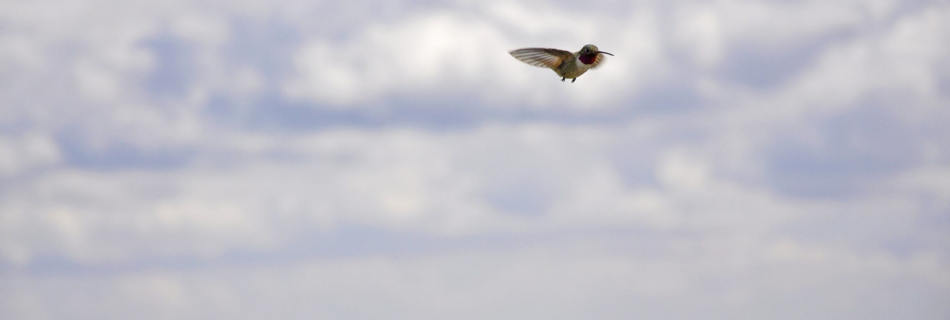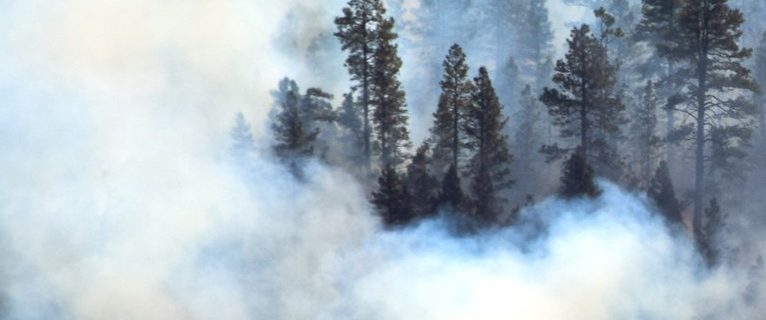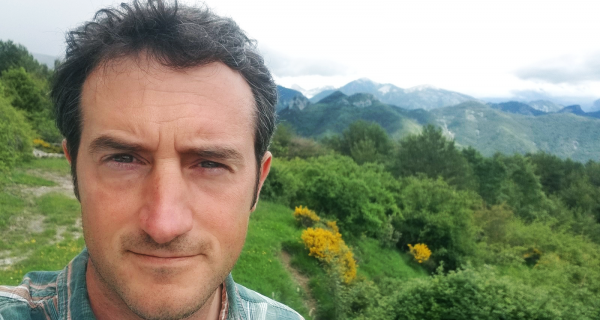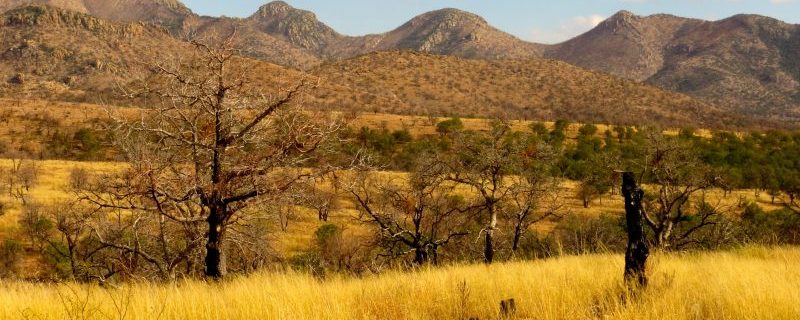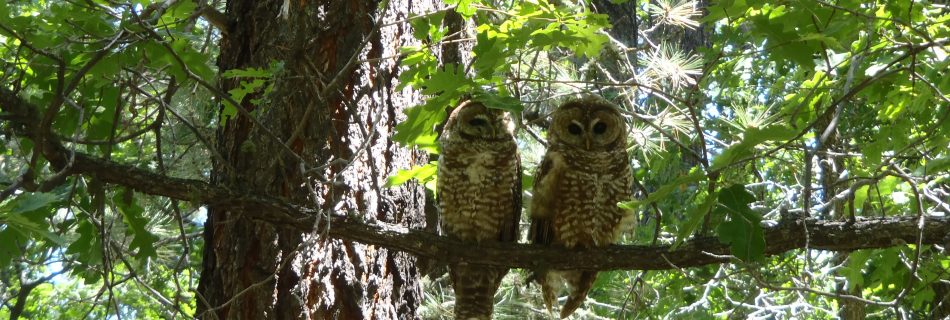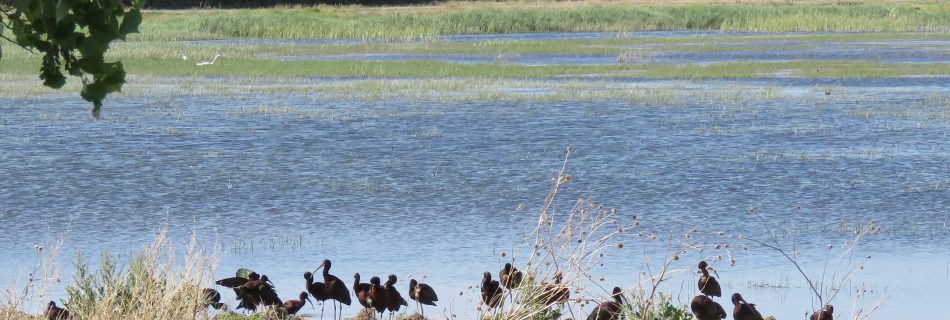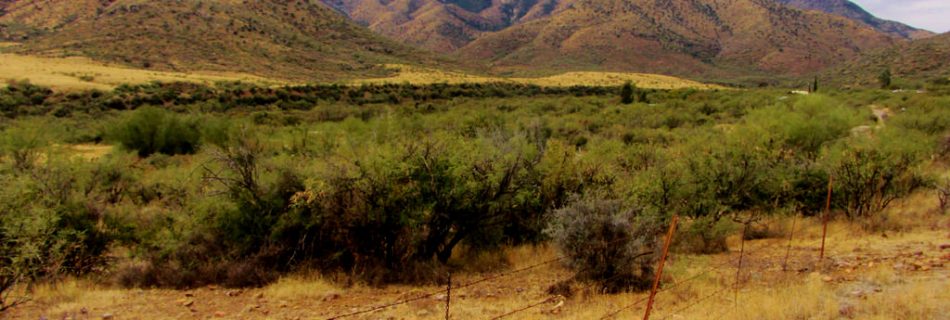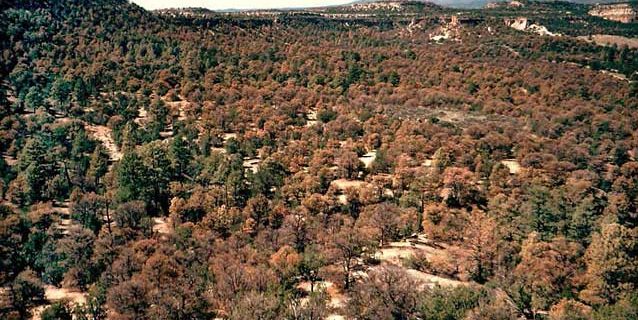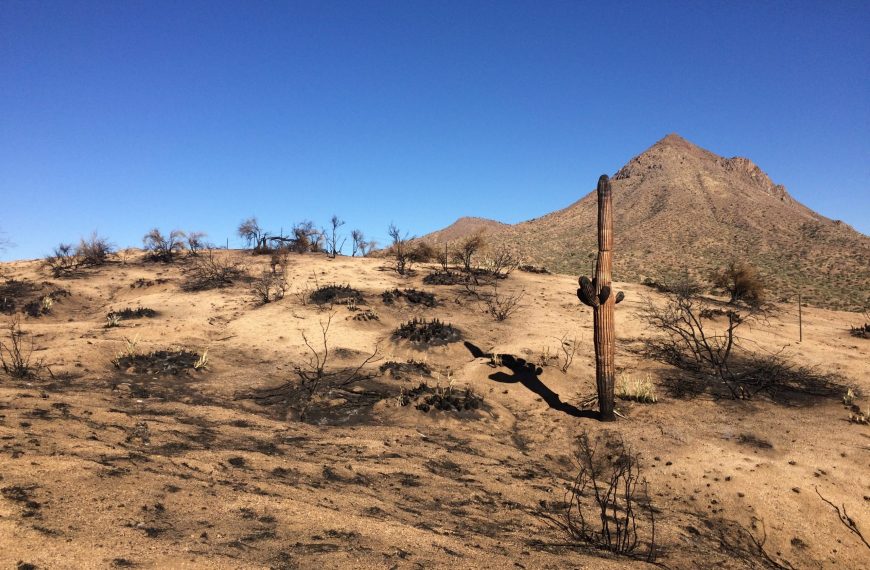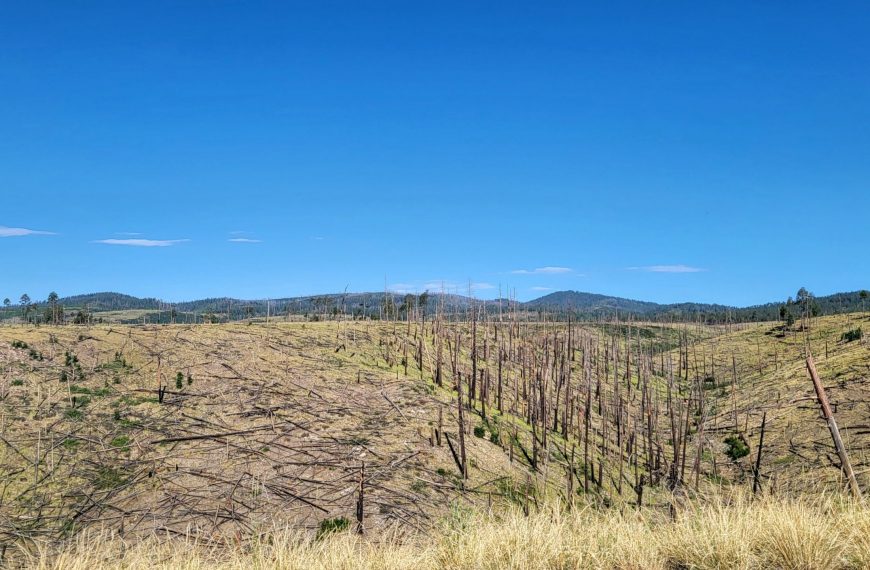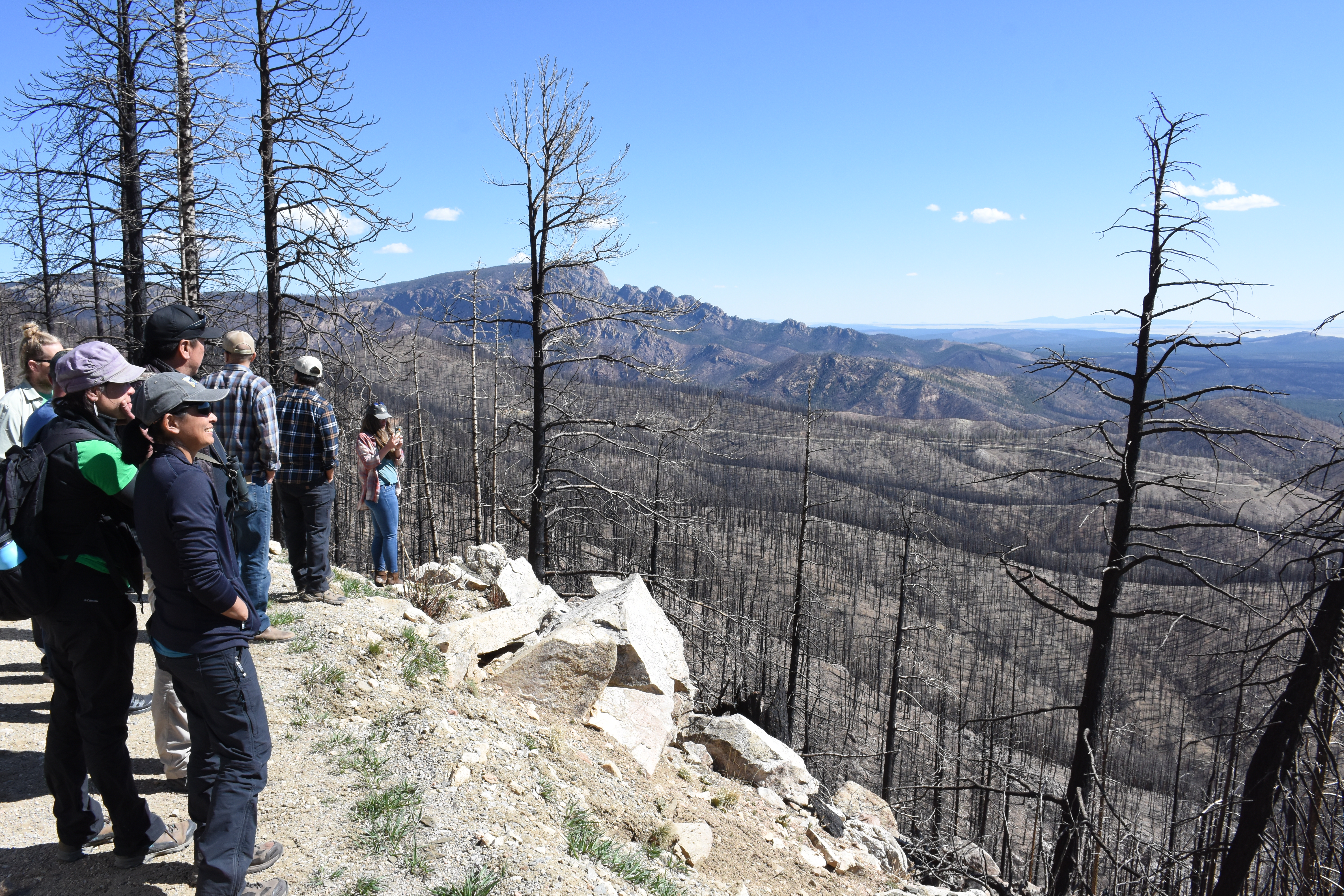Do high severity burns lead to conversion to new forest types or a shift from forests to shrublands or grasslands? How do wildlife respond to changing habitats? And, finally, what do these changes tell us about how these ecosystems will respond to climate change? We visited the sites of the 2000 Pumpkin Fire and 2003 Aspen Fire, and talked to researchers who have been studying how forests and wildlife respond to high severity burns. View the YouTube video here.
Wildlife and Fire Series
This page will continue to be updated as the 3+ part webinar series continues. Check back here for more webinars recordings! Overview In January, the Southwest Fire Science Consortium, USDA Forest Service, Southwest Climate Adaptation Science Center, and many other partners hosted a two-day workshop on the intersection of wildlife and fire. Based on the …

